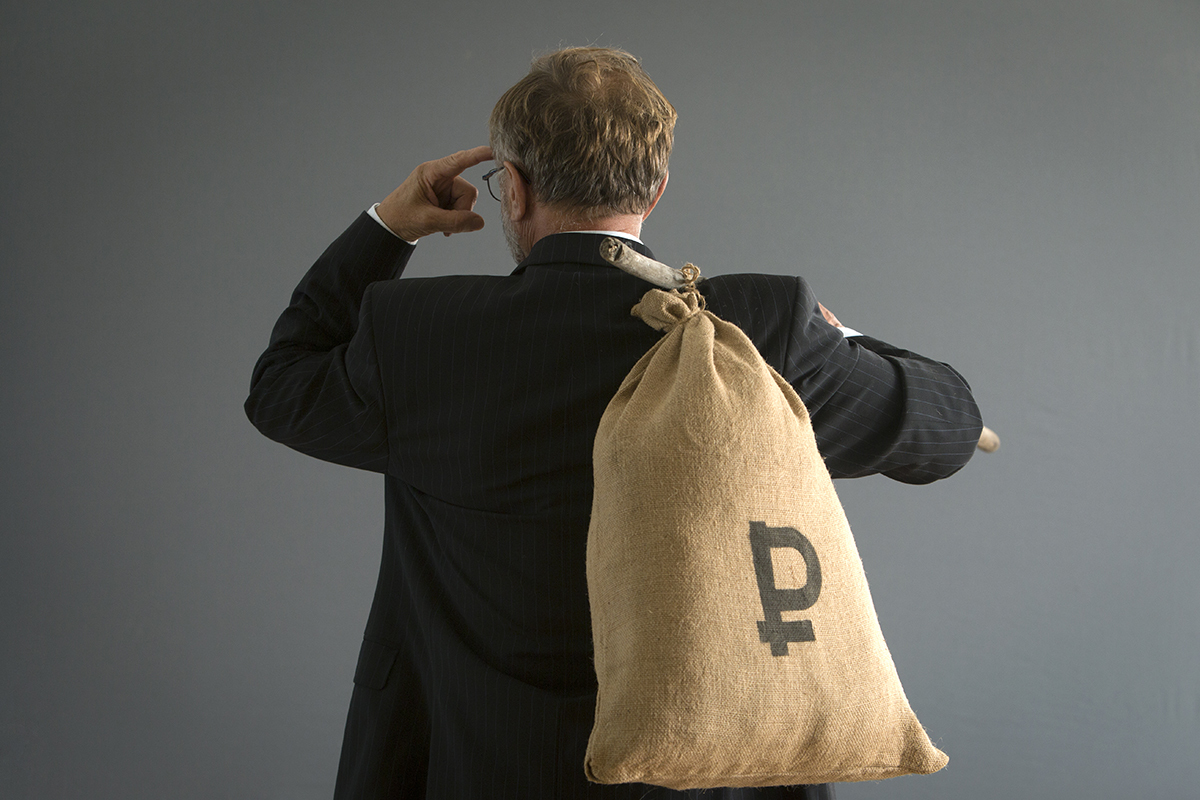In the fall of the ruble, they saw signs of an imperious “collusion”
[ad_1]

The exchange rate of the ruble went wild: on Thursday, July 6, the dollar exceeded the mark of 93, the euro crossed the line of 102. These values became the absolute maximum since the end of March last year. And it is still unclear what specific countermeasures the monetary authorities can take to at least slow down, if not interrupt the process of the accelerated weakening of the Russian currency. And in general, will the Central Bank and the Ministry of Finance want to interfere in the development of events, and what if it completely suits them?
The Bank of Russia set on Friday, July 7, more modest values than those recorded on the stock exchange – 92.5 rubles per dollar and 100.7 per euro.
Over the past month, the euro has strengthened by more than 15%, as early as June 6, the rate was in the region of 87 rubles. The dollar has since added about 11 rubles.
The head of the Central Bank of the Russian Federation, Elvira Nabiullina, gave this trend a surprisingly calm, peaceful explanation. According to her, it’s all about the foreign trade imbalance (the ratio of imports and exports in monetary terms is not in favor of the latter) and the growing budget deficit.
In general, the situation is clear: oil and gas revenues continue to decline: according to the Ministry of Finance, in June they amounted to 529 billion rubles (-26.4% yoy), and since the beginning of the year – 3,382 billion (-47%). “And there is no need to build conspiracy theories about a weak ruble in the interests of the budget,” the head of the regulator said.
In other words, there is no serious threat to financial stability, don’t worry, the state assures. True, there are obvious pro-inflationary factors, but they are quite amenable to administrative measures. Such as the increase in the key rate, previously announced by Deputy Chairman of the Central Bank Alexei Zabotkin. Meanwhile, I would like to dwell on the issue of the notorious “conspiracy theory” in more detail.
“There is a certain consensus between the Central Bank and the Ministry of Finance, which needs to take money from somewhere to plug a budget hole of almost 4 trillion rubles,” believes financial analyst Sergei Drozdov. – Our economy is invariably raw materials, export-oriented, and the more exporters’ income denominated in foreign currency, the easier it is to fill the treasury with cheaper ruble mass.
Of course, Siluanov’s department is completely satisfied with this. And all these academic arguments about the trade imbalance are in favor of the poor, so that the population does not reflect once again.
It is clear that the longer the story with sanctions, with geopolitical tensions, the worse it is for the ruble, these are objective circumstances. But it is surprising that Nabiullina did not even hint at supporting the course at this stage.”
Yes, according to the traditional assurances of the Central Bank, the regulator does not artificially adjust the exchange rate of the ruble, but we can recall at least the covid 2020: when the dollar approached 81, the Central Bank announced a large-scale sale of foreign currency on the market (currency interventions), which allowed the exchange rate to stabilize. And at the end of February 2022, after the introduction of Western sanctions and a sharp weakening of the ruble, the Ministry of Finance obliged exporters to sell 80% of the foreign exchange earnings due to residents under all foreign trade agreements.
By the way, Drozdov notes, in the summer of 2022, when the exchange rate was abnormally strong, contradictions between the two departments definitely existed: the Central Bank was not at all worried about this situation, unlike the Ministry of Finance, which did not calculate budget revenues.
Well, today, both departments clearly do not intend to take drastic steps, such as the introduction in March last year of a rule regarding transactions with dollars: then the Central Bank obliged brokers to remove a commission of 30% from ordinary individual clients. Well, you can not look for any conspiracy: in Russia, historically, all problems with the budget are solved by weakening the ruble. Nothing better has been invented – such is the price for the stubborn unwillingness of officials to retreat from the rental, extensive model, to rebuild the economy on a modernization track, sums up Drozdov.
“The dynamics of Russia’s foreign trade is slowing down, the current balance has significantly decreased compared to 2022,” says financial analyst, private investor Fedor Sidorov. – It is obvious that further weakening of the ruble spins pro-inflationary risks, and that certain measures from the Ministry of Finance and the Central Bank are clearly overdue. Thus, the regulator could raise the key rate by 1 percentage point to 8.5% per annum. This will allow attracting additional finance in the form of bank deposits and investments in government bonds, and will somewhat slow down the inflation rate. Plus, if unprotected budget spending (under items not related to the social obligations of the state and the defense complex) is cut by 10%, this will also help keep the course afloat.
“The monetary authorities could have abandoned the policy of a weak ruble long ago, due to which, as usual, holes in the budget are plugged,” Andrey Loboda, an economist and director of communications at BitRiver, draws a line under the discussion. In his opinion, today’s tacit “surrender” of the Russian currency is unprecedented and fraught with many dangers for the economy in general and the incomes of the population in particular.
“A surge in inflation can nullify all hopes for GDP growth and improvement of social well-being in the country,” the expert draws a disappointing conclusion.
[ad_2]
Source link






